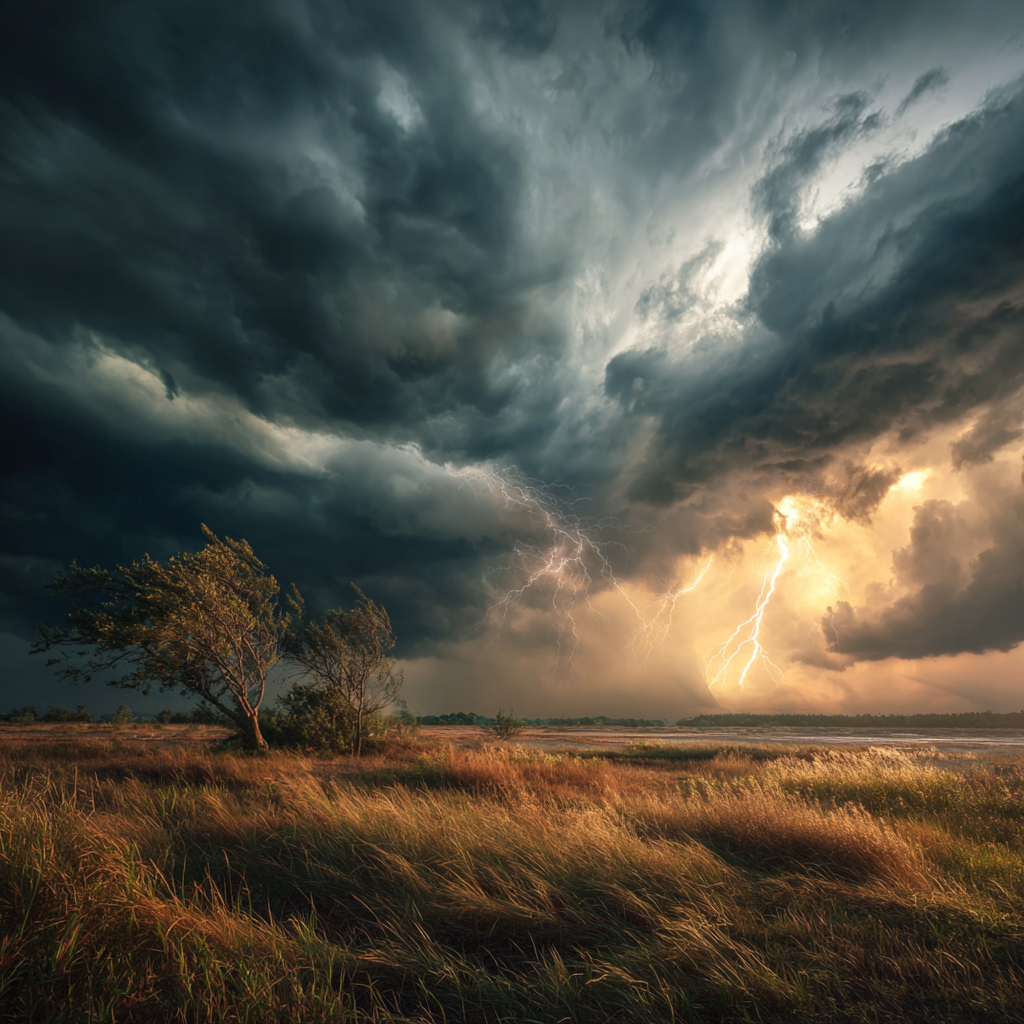On July 4, just before dawn, the sky over central Texas cracked like a thin sheet of glass. The Guadalupe River—usually calm and lazy—transformed into a rampant beast. In Hunt, a resort town, its level rose by eight meters within 45 minutes. The water came faster than warnings, morning news or any human actions. It flooded makeshift campsites, wooden bridges and dozens of holiday cottages, still filled with luggage. At Camp Mystic, a girls’ camp, at least 27 people died.
This was no ordinary flood—it was a trap. Low water crossings turned into deadly gorges, and poor cell phone reception limited the ability to contact the outside world. The rescue operation was a heroic attempt to battle the chaos: with mud, destroyed roads, communication paralysis. The president declared a state of disaster, the governor spoke of hundreds missing.



